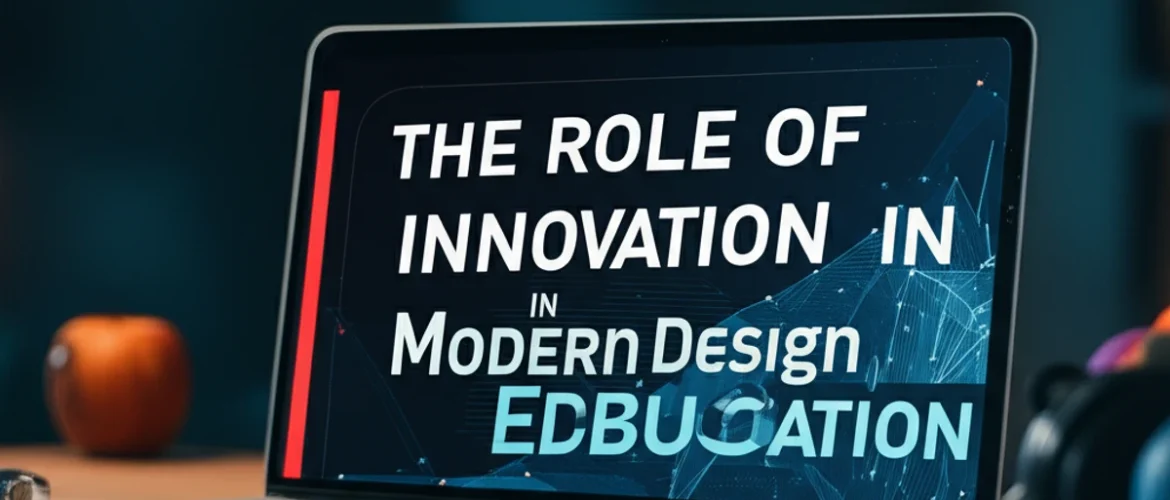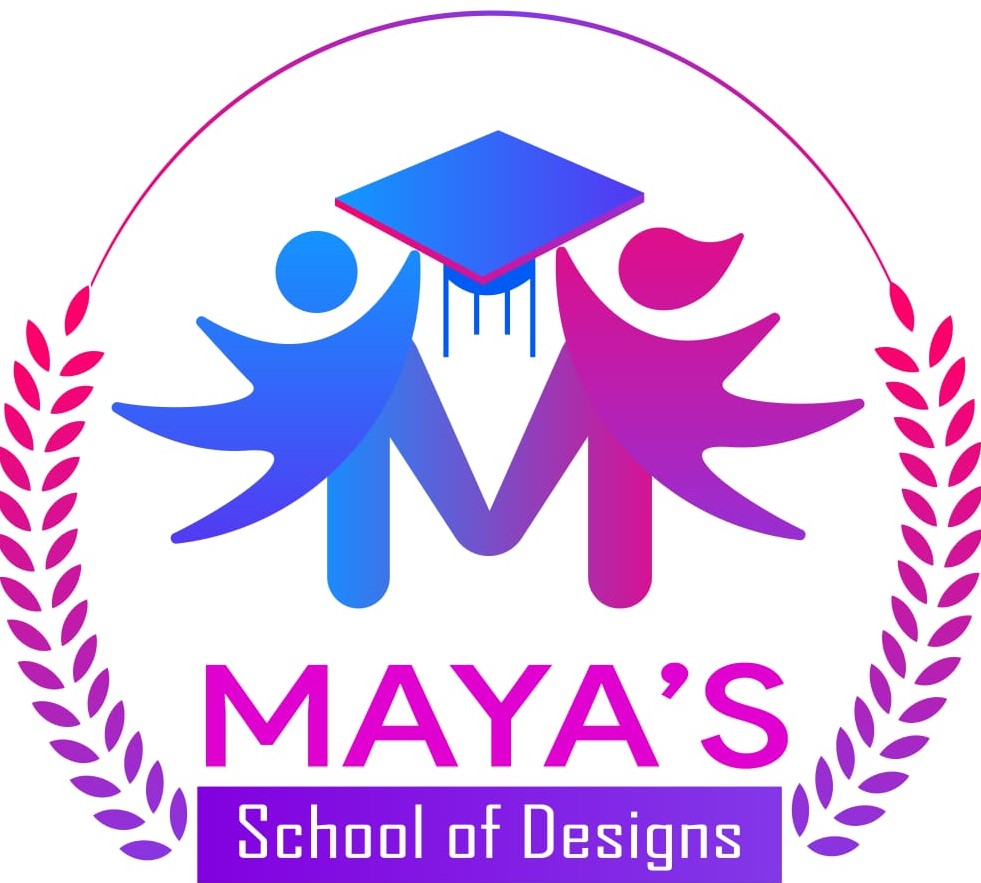Blog
The Role of Innovation in Modern Design Education
- September 20, 2025
- Posted by: admin
- Category: ** Education

Design Education ## The Shifting Sands of Creativity: Why Innovation isn’t an Option But the Heartbeat of Modern
Remember those sepia-toned images of design studios from decades past?Perhaps a lone figure hunched over a drafting table,precise lines taking shape under the glow of a task lamp.It’s a romantic image ,steeped in tradition and the mastery of fundamental skills .And while those foundational principles remain invaluable, the landscape of creativity has undergone a seismic shift.Today, innovation isn’t just a buzzword; it’s the very lifeblood of modern design learning, pulsating through every pixel prototype,and collaborative brainstorm .
As students stepping into this vibrant world, or educators guiding its future architects you’re not just learning or teaching to how design what is but how to envision could what be. This journey demands more just than technical prowess; it requires a mindset, a willingness to challenge the status quo and an insatiable curiosity for the unknown. Let’s explore how innovation is reshaping our classrooms, our studios, and ultimately the designs that will define tomorrow.
Is the Blueprint Still Sacred Or Ready for a Remix?
You’ve probably spent countless hours meticulously learning the golden rules of composition, the psychology of color the ergonomics of form .These aren’t just arbitrary guidelines; they are the bedrock upon which all great design is built. Imagine trying to compose symphony a without understanding scales or building a skyscraper without knowing structural engineering.The mastery of these foundational skills equips you with a powerful language a vocabulary that allows you to articulate ideas with clarity and impact. This respect for tradition is crucial giving us context and a shared understanding of excellence.
Yet true innovation never stagnates. It takes the blueprint understands its strengths , then and asks: “What if we added a new wing here?What if we redesigned the internal flow for a completely different user experience?” It’s not about discarding the past but about using it as a launchpad for unprecedented exploration. This blend of reverence revolution and is at the core of contemporary trends , pushing us to constantly re-how evaluate we teach learn and ensuring our students are not just proficient but also pioneering.
Beyond the Digital Brushstroke: What Really Defines Innovation in Our Studios ?
When you hear “innovation” your mind might immediately leap to cutting-edge technology – virtual reality AI-driven algorithms, 3D printing.And yes,these tools are undoubtedly powerful catalysts for innovative design. But let’s dig deeper .Innovation in the studio isn’t solely about the tools you use; it’s fundamentally about how you think and how you solve problems.It’s a mindset that encourages experimentation, embraces ambiguity, and celebrates informed risk-taking .
Consider a student project I once encountered: faced with the challenge of designing public a park they didn’t just focus on the physical layout .Instead they innovated by focusing on the social interactions within the park, designing modular, adaptive seating that could reconfigure based on real-time social dynamics incorporating interactive soundscapes, and even proposing a community-led maintenance program. This wasn’t just about a new bench design; it was about rethinking the entire human-environment relationship using empathy and systems thinking as their primary tools. That my friends, is where the true magic of modern design learning happens – when you transcend the expected and something create truly meaningful .
Are We Just Preparing You for Today Or Gearing You for Tomorrow?
The world outside the is studio evolving at a dizzying pace.Industries are converging new ethical dilemmas are emerging with every leap technological and the demand for designers who can navigate complexity is at an all-time high. Are our classrooms, then merely reflecting the present or are they actively forging the future ? This question lies at the heart of evolving education design trends . We can no longer afford to teach isolated disciplines or rely on static curricula .
Modern design learning demands agility. It requires integrating interdisciplinary approaches encouraging collaboration across fields like engineering, psychology and business . It means embracing real-world , messy problems that don’t have single clear-cut answers. Imagine a course where you’re not just designing a product but a sustainable ecosystem around it collaborating with environmental scientists and business strategists .This kind of experiential interconnected learning is vital cultivating for the adaptable forward-thinking professionals that tomorrow’s challenges demand will.
Can We Fail Forward Without Fear , And Design With Deeper Purpose ?
Every designer from the novice to the seasoned veteran,has faced the sting of a failed concept.I certainly have . I vividly recall a project where I poured my soul into a kinetic sculpture only for it to utterly refuse to move as intended during the final critique . It was deflating .But in that “failure,” I learned invaluable lessons about material properties , weight distribution and the sheer audacity of my initial vision . That experience didn’t break me; it made a me more resilient and insightful problem-solver .
Innovation thrives not in the absence failure of, but in the embrace of it as a crucial part of the learning process. Modern needs to foster environments where experimentation is celebrated ,and “failures” are reframed as valuable data points on the path to breakthrough. Furthermore in an increasingly interconnected world innovative design must also be imbued with deeper purpose. It’s about more than just aesthetics or utility; it’s about designing ethically sustainably and inclusively. It’s about asking, “Who benefits from this? What impact does it truly have?”
What Role Will You Play in Sculpting the Next Wave of Creativity ?
Whether you’re a student eager to leave your mark or an educator dedicated to nurturing talent you an are active participant in this unfolding narrative of innovation. For students, means this cultivating an insatiable curiosity questioning assumptions, daring and to push beyond comfort zones. It means seeing every challenge as an opportunity for creative intervention, every limitation a as prompt for solutions ingenious. Don’t just absorb knowledge; actively seek transform to it.
For educators role your is more vital than ever.You are not just imparting facts,but igniting sparks. You are creating the conditions for groundbreaking thought , environments fostering where divergent thinking is encouraged and providing the mentorship that empowers students to navigate ambiguity and complexity . Adapting to education design means trends a being co-learner, an enabler and a passionate advocate for the limitless potential of your students . Together, we are shaping the minds that will sculpt the solutions for an ever-evolving world.
The journey of innovative design in modern education is a continuous one – a dynamic dance between and tradition transformation. It’s about building upon wisdom the of the past while boldly stepping the into unknown armed with curiosity empathy ,and a relentless drive to create a better future. So what will you design today that no one has ever imagined before? The canvas is yours.
—
